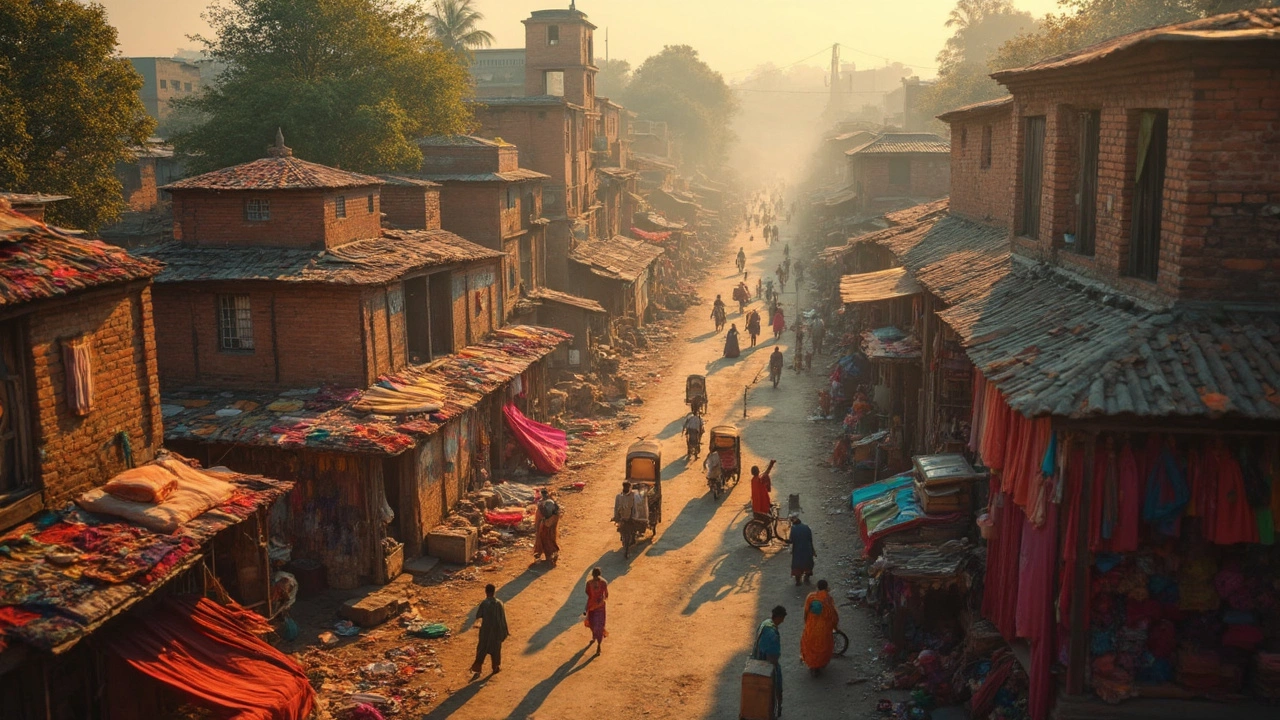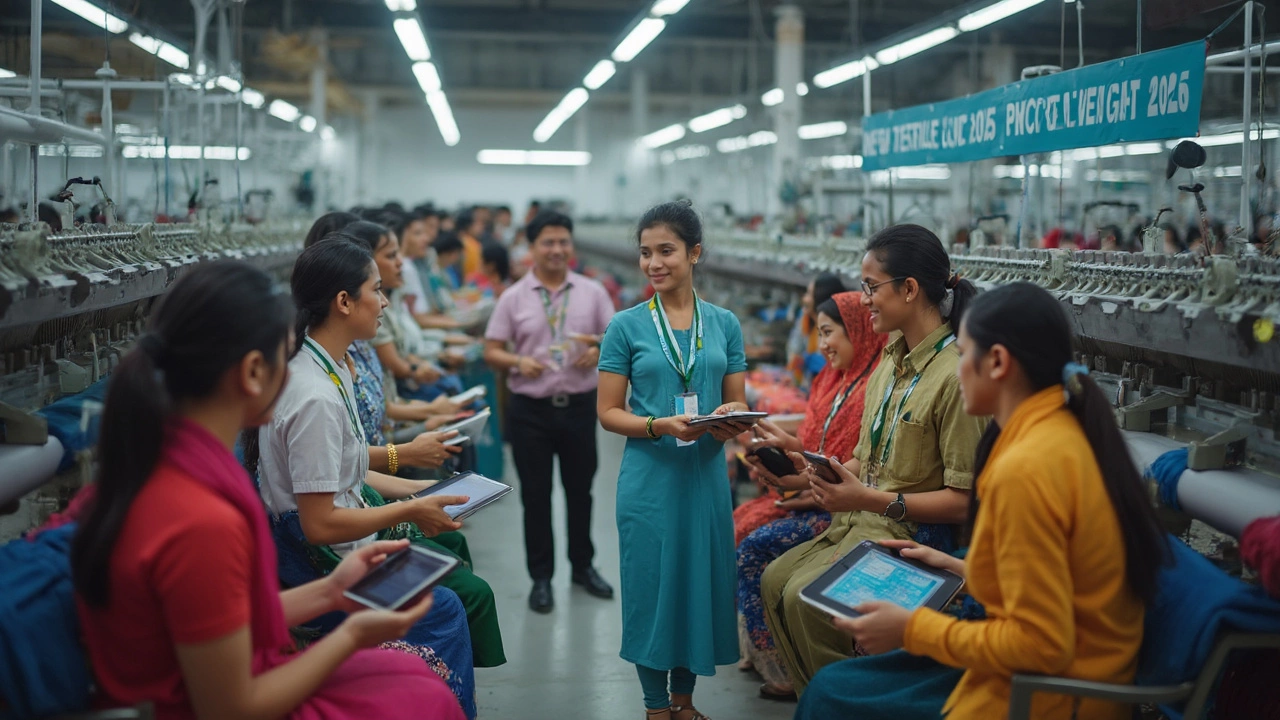Indian Textile Industry: What’s Driving Growth in 2025?
India’s textile sector is buzzing with activity. From cotton fields in Gujarat to high‑tech mills in Surat, the country makes more fabric than most nations combined. If you’re curious about why the industry matters or how to tap into it, you’re in the right spot.
First off, the sheer scale is impressive. Over 45 million people work in textiles, making it one of the largest employers in the country. The sector contributes roughly 2% of India’s GDP and accounts for a big chunk of export earnings. Those numbers aren’t just stats – they translate into real jobs, local income, and a steady flow of foreign cash.
Major Hubs and Production Centers
Surat is often called the fabric capital of India. Its weavers churn out everything from plain cotton to sophisticated blends at blistering speed. The city’s success stems from a mix of skilled labor, modern machines, and a supply chain that moves raw cotton from farms to looms in hours.
Beyond Surat, other hot spots include Tirupur, known for knitwear, and Bangalore, where tech‑driven textile parks are popping up. These parks bring automation, better waste management, and tighter quality control. The result? Faster turn‑around times and products that meet international standards.
Don’t forget the smaller towns in Punjab and Haryana. They specialize in handloom and traditional designs that fetch premium prices abroad. Consumers worldwide love the “Made in India” story, especially when it combines heritage with durability.
Challenges and Future Outlook
Every growth story faces hurdles. High power costs, fluctuating cotton prices, and a need for skilled technicians are constant worries for manufacturers. Add to that the pressure to cut down on water usage and chemical waste – sustainability is no longer a buzzword, it’s a requirement.
Government schemes like the Production Linked Incentive (PLI) for textiles aim to ease some of these pains. They offer financial help for modernizing equipment and adopting eco‑friendly processes. Many midsize firms are already taking advantage, and the gap between traditional and high‑tech production is shrinking.
Looking ahead, 2025 promises a shift toward smart textiles. Fabrics that monitor health, change color, or regulate temperature are moving from labs to factories. Indian players who can blend tech expertise with their massive production capacity will likely capture a big slice of the global market.
So, what can you do if you’re considering entry into the Indian textile scene? Start by identifying the segment that matches your strengths – whether it’s bulk cotton yarn, niche handloom designs, or tech‑enabled fabrics. Building relationships with local suppliers and tapping into government incentives can fast‑track your plans.
Lastly, keep an eye on export trends. The US, EU, and Middle East remain top buyers, but emerging markets in Africa and Southeast Asia are growing fast. Aligning your product line with these demand patterns can boost sales and reduce reliance on a single market.
In short, the Indian textile industry offers size, skill, and an evolving tech landscape. With the right strategy, you can ride the wave of growth and tap into a market that’s both traditional and futuristic.

Largest Textile City in India: Where Fabric Dreams Begin
Curious about where most of India’s textiles are made? This article explores the biggest textile city in India, highlights its global impact, and unpacks what makes it tick. You’ll get details on the city’s history, the industries working there, why it’s so important for textile manufacturers, and some quick facts. We’ll also look at tips for buyers and manufacturers. If you’re hunting for real info about Indian textiles, you’re in the right place.
Read More
India Textile Policy: What’s Changing for Manufacturers in 2025?
This article unpacks India’s new textile policy and what it means for manufacturers and exporters in 2025. Learn how government incentives, compliance rules, and tech upgrades are setting the groundwork for industry growth. Discover what’s changing with labor, exports, and sustainability. Get practical tips so you can stay ahead with industry shifts. Find out what’s in it for businesses—big or small.
Read More